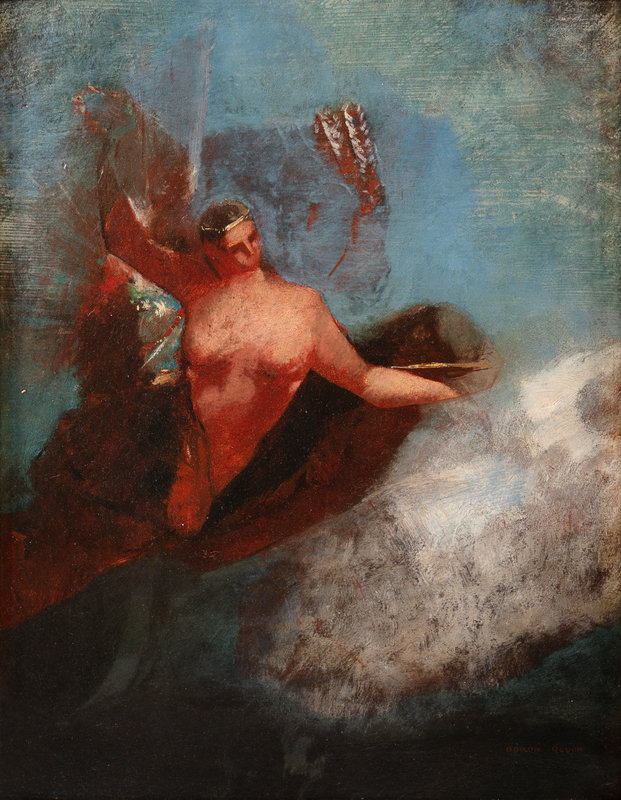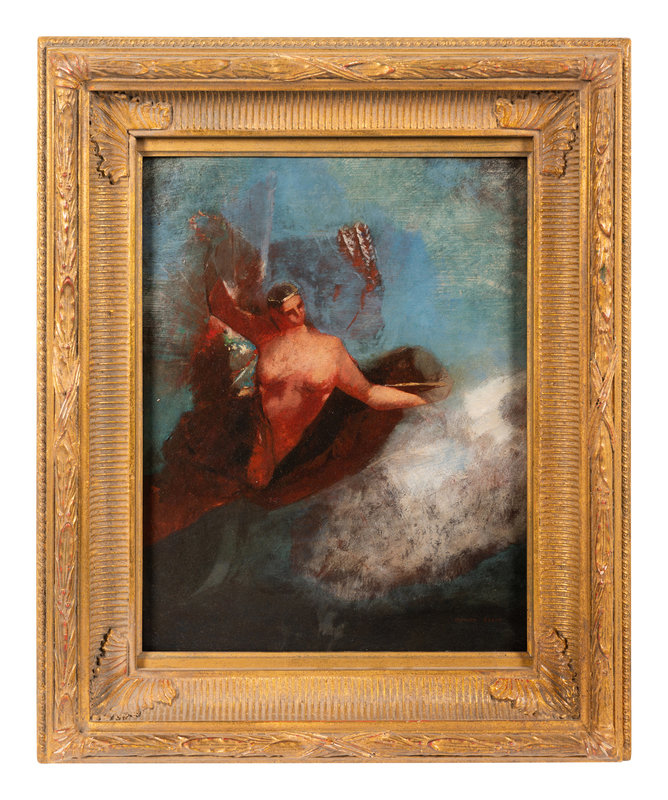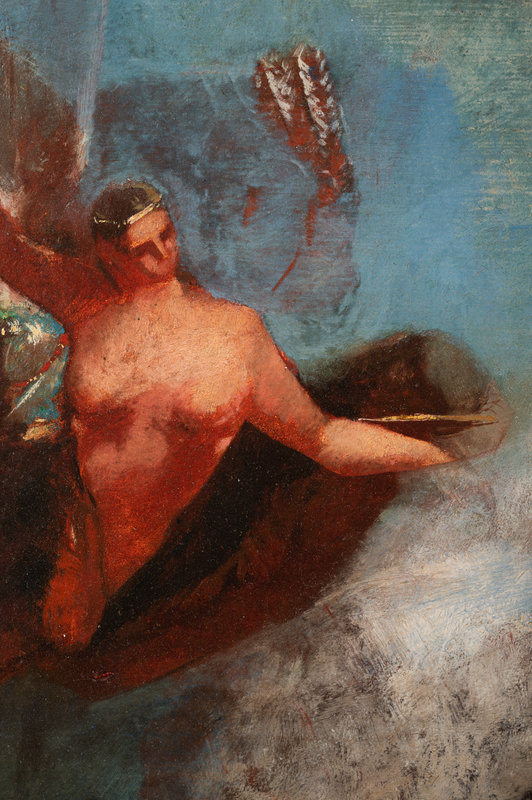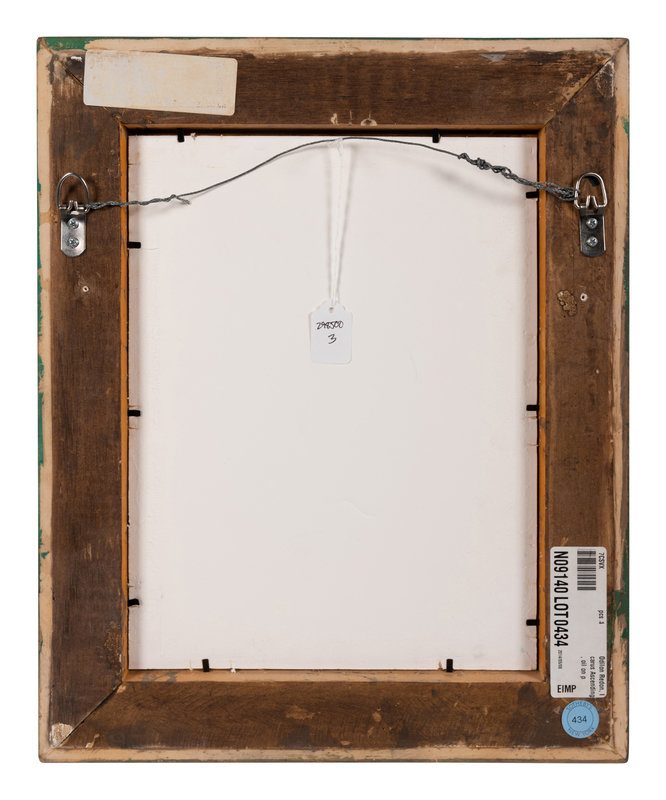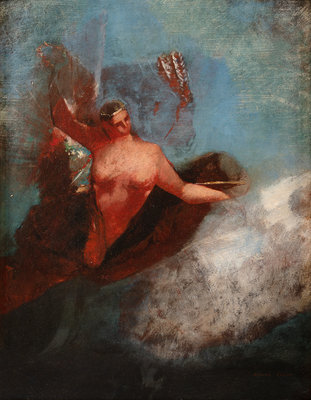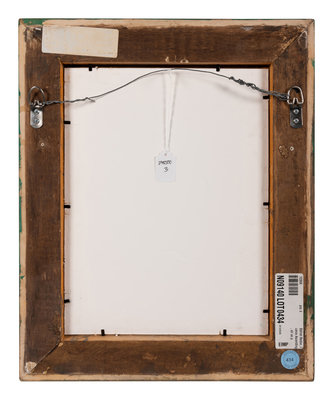Odilon Redon
(French, 1840-1916)
Femme Ailée
Sale 2087 - Impressionist and Modern Art, Featuring the Collection of John and Rosetta Gernon
Oct 28, 2024
12:00PM ET
Live / Philadelphia
Own a similar item?
Estimate
$25,000 -
35,000
Price Realized
$47,625
Sold prices are inclusive of Buyer’s Premium
Lot Description
Odilon Redon
(French, 1840-1916)
Femme Ailée
Oil on board
Signed Odilon Redon (lower right)
14 1/2 x 10 1/2 in. (36.8 x 26.7cm)
This lot is located in Chicago.
Property from a Private Collection, Chicago, Illinois, Sold to Benefit Northwestern University, Evanston, Illinois.
Provenance:
Acquired in Paris, c. 1920.
Collection of Fredolyn Gimbel Fleischer, Philadelphia, Pennsylvania.
Collection of Lucille Fleischer, Atlanta, Georgia, by 1969-1995.
Thence by descent in the Baum Fleischer family.
Sotheby's, New York, sale of May 8, 2014, lot 434.
Acquired directly from the above sale by the present owner.
Literature:
Alec Wildenstein, Odilon Redon, Catalogue Raisonné de l'Œuvre Peint et Dessiné, Wildenstein Institute, Paris, 1996, Vol. IV, 1998, p. 267, no. 2616 (illustrated).
Lot Essay:
The imagery of Femme ailée by Odilon Redon is consistent with the theme of the winged figure, or angel, found in the artist’s other paintings from the 1870s. The early years of that decade witnessed intense political and social turmoil with the concomitance of the Franco-Prussian war and the Paris Commune. In the cultural realm, bourgeois materialism and Darwin’s recent theory of evolution seemed to call into question humankind’s existential stability and to preclude the artistic aspiration to make sense of the natural world in poetic terms.
In that context of doom, often dubbed “le mal du siècle,” the winged figure not only stands for fallen humankind, but also for the act of creation as a struggle against materialism, a yearning for ideals. It is unclear whether the winged figure is fettered or soaring, whether the bare background depicts a solid rock or an ethereal cloud, underlining the tension between creative loss and creative transcendence. Tellingly, despite the widespread wings and the suggestion of upward movement, the figure’s gaze is drawn to the ground.
The imagery of dream, the advocacy for poetic concerns over reason and realism, and the rebellion against banal depictions of humankind all point to the Symbolist aesthetic, translated by Redon through the stylized and unfinished appearance of the figure. It veers towards the abstract into a proto-cubist manner, further removing humankind, as well as the artist himself, from realist representation.
Condition Report
Auction Specialist
